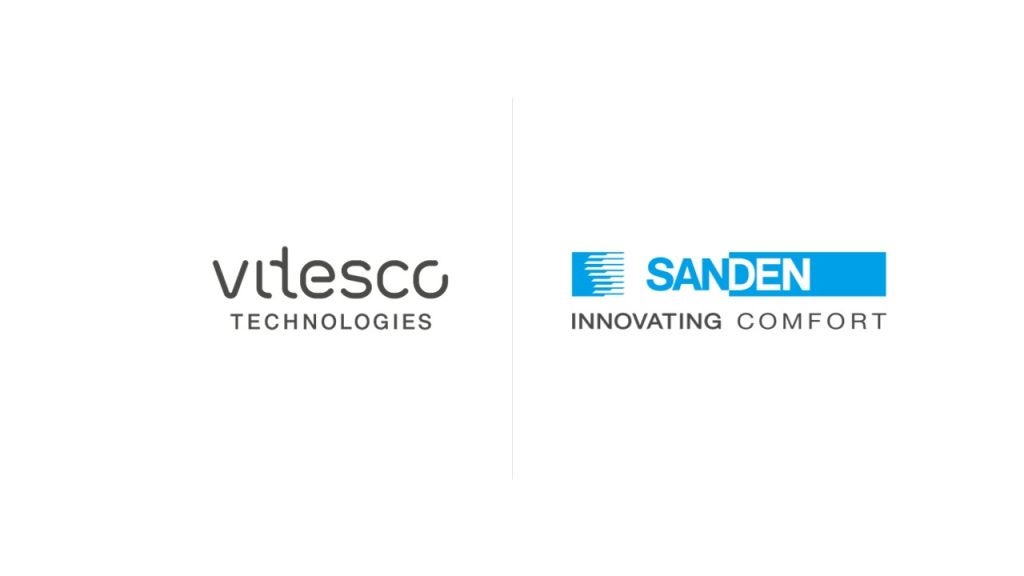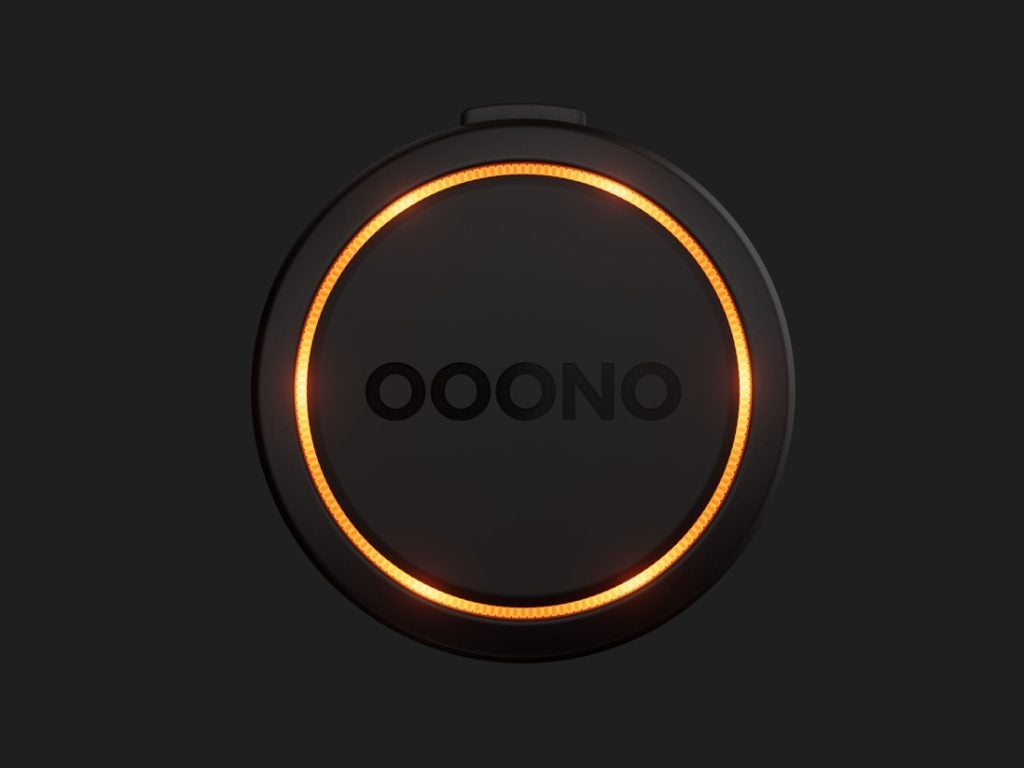Vitesco Technologies has patented a device for detecting a user’s intention to lock or unlock a vehicle door using capacitive and inductive sensors. The system requires confirmation from both sensors to activate, ensuring reliability. The technology is integrated into the handle or frame of the vehicle door. GlobalData’s report on Vitesco Technologies gives a 360-degree view of the company including its patenting strategy. Buy the report here.
According to GlobalData’s company profile on Vitesco Technologies, was a key innovation area identified from patents.
Device for detecting user intention to lock/unlock vehicle door
A recently granted patent (Publication Number: US11927036B2) discloses a device designed to detect a user's intention to lock or unlock a motor vehicle's opening element. The device, which can be integrated into a handle or frame of the opening element, includes a capacitive sensor and an inductive sensor. The capacitive sensor detects contact with the user's hand, while the inductive sensor utilizes an amagnetic metal target that moves under the user's hand's action. The device confirms the user's intention only when detected by both sensors, with the inductive sensor's target being supported by the capacitive sensor's electrode. The capacitive and inductive measurement circuits are independent of each other, ensuring accurate detection of the user's intention.
Furthermore, the patent details the incorporation of the coil of the inductive sensor into the printed circuit board, which is housed in a closed housing along with the capacitive measurement circuit. The device's design includes a deformable foam block supporting the electrode and target, enhancing the user's interaction with the handle or frame. The method for detecting the user's intention involves a predetermined number of measurements above specific thresholds for both sensors to confirm detection. The capacitive sensor takes capacitance measurements at a higher frequency than the inductive sensor's resonant frequency measurements, ensuring precise detection of the user's actions. When an approach is detected by the capacitive sensor, the inductive sensor's measurement frequency is adjusted to align with the capacitive sensor's frequency, allowing for a comprehensive range of detection.
To know more about GlobalData’s detailed insights on Vitesco Technologies, buy the report here.
Premium Insights
From

The gold standard of business intelligence.
Blending expert knowledge with cutting-edge technology, GlobalData’s unrivalled proprietary data will enable you to decode what’s happening in your market. You can make better informed decisions and gain a future-proof advantage over your competitors.







